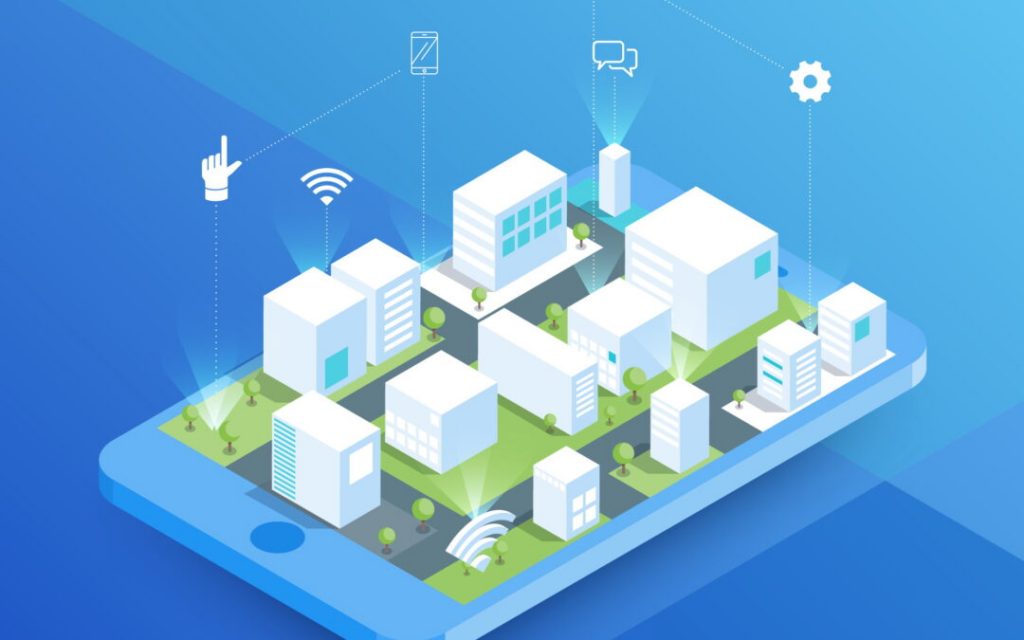SK Nag
A futuristic city proactively and predictably adjusts city management infrastructure to facilitate and deliver a better living situation under its design philosophy. So, smart cities are fast becoming a need. But are these future cities intelligent enough to support such changed demands? Though the answers might have contrary views but to achieve a sustainable and resilient smart city, the roadmap must bridge the gap between current needs and future expectations.
Smart cities by design are technology-enabled urban infrastructure conceptualised to eliminate the multidimensional inconvenience resulting from operating inefficiencies. Through an evolutionary and iterative process, the city aims to enhance its dwellers’ quality of life and tries to achieve ‘ease of living.’ Modern-day living has many incremental and associated lifestyle difficulties. Out of which the growing population is a concern for all. Indian population is growing exponentially, and soon there will be many showstoppers caused by overpopulation to dismiss the concept of ‘ease of living.’ Food security, incompetent healthcare services, collapsed public transport system, and many such issues will crop in if the government does not address population growth. Consequently, the smart city is an imperative, not a choice, and a blueprint of the same needs a well thought pragmatic approach to address today’s and tomorrow’s concern.
A typical city which people will love to live in shall have key performance indices (KPIs) like easy accessibility to transportation, information system, educational establishment, library, hospital and other community services, uninterrupted supply of water, electricity and IT network, speedy and efficient waste management system and faster crime detection and prevention infrastructure. Therefore, a city of next generation should judiciously address these KPIs to make living safer and better. This is a data-centric solution to urban infrastructure. The concept brings down the resource mobilisation need to optimal level with a predictive algorithm to reduce wasteful mobilisation of govt resources. For example, a city that has an underground waste disposal system can predict in advance the pattern of garbage being thrown into a chute at a particular time of the day. Accordingly, a compressed air system (which keeps the system running) is activated in those locations to optimise the captive requirement of compressed air capacity.
The designing philosophy of smart cities necessarily calls for a deeper study of population growth rate. Influx in various cities is a clear indication of unequal allocation of fair and reasonable government attention. Villagers migrate to cities searching for employment as they don’t get enough opportunities to support their aspirations in villages. So it is a two-sided problem. The first being reproductive growth, and the second is the economic pressure of migration to cities. The city designer, therefore, must understand the population growth pattern of our country and respective cities. By 2050, our population will be somewhere between 1.5 to 1.6 billion and to cater to all these people’s aspirations we may need many more smart cities to accommodate them in big numbers. If they are not smart enough, sustainability will be an issue.
Covid-19 has proved how weak our global health system is. The urban information system design needs to generate and feed the algorithmic model with near real-time data. According to the demand, the system is necessarily designed to have agility to predict, act and augment the variable resources, sometimes proactively and sometimes reactively.
Prediction plays an important role in intelligent system design where the infrastructure has to combat natural disasters. The prediction model has many system advantages. It can trigger the system in advance and raise the alarm to prevent loss of assets and lives. Leveraging an intelligent information system might add many advantages to overcome ‘Acts of God.’
Capital expenditure outlays to build a smart city should aim to optimise the operating expenditure outlays in successive years under respective municipal bodies. Otherwise, tax burden will deteriorate the health of these technical devices due to inadequate or no maintenance. A proper functional ICT system allows the government to optimise resource utilisation by equitable deployment in a time-bound manner. This pushes the system efficiency upward and, in return, brings down the tax burden on citizens.
Our 70 per cent population will live in cities by 2050. We are yet to gain momentum to harvest the benefit of technology-enabled cities. Our blueprint must mention the end of the road; otherwise, our population’s demand will always surpass the facility made available due to a delayed bureaucratic implementation.
The writer is a Mumbai-based MSME strategist, mentor and energy expert. Views are personal.
